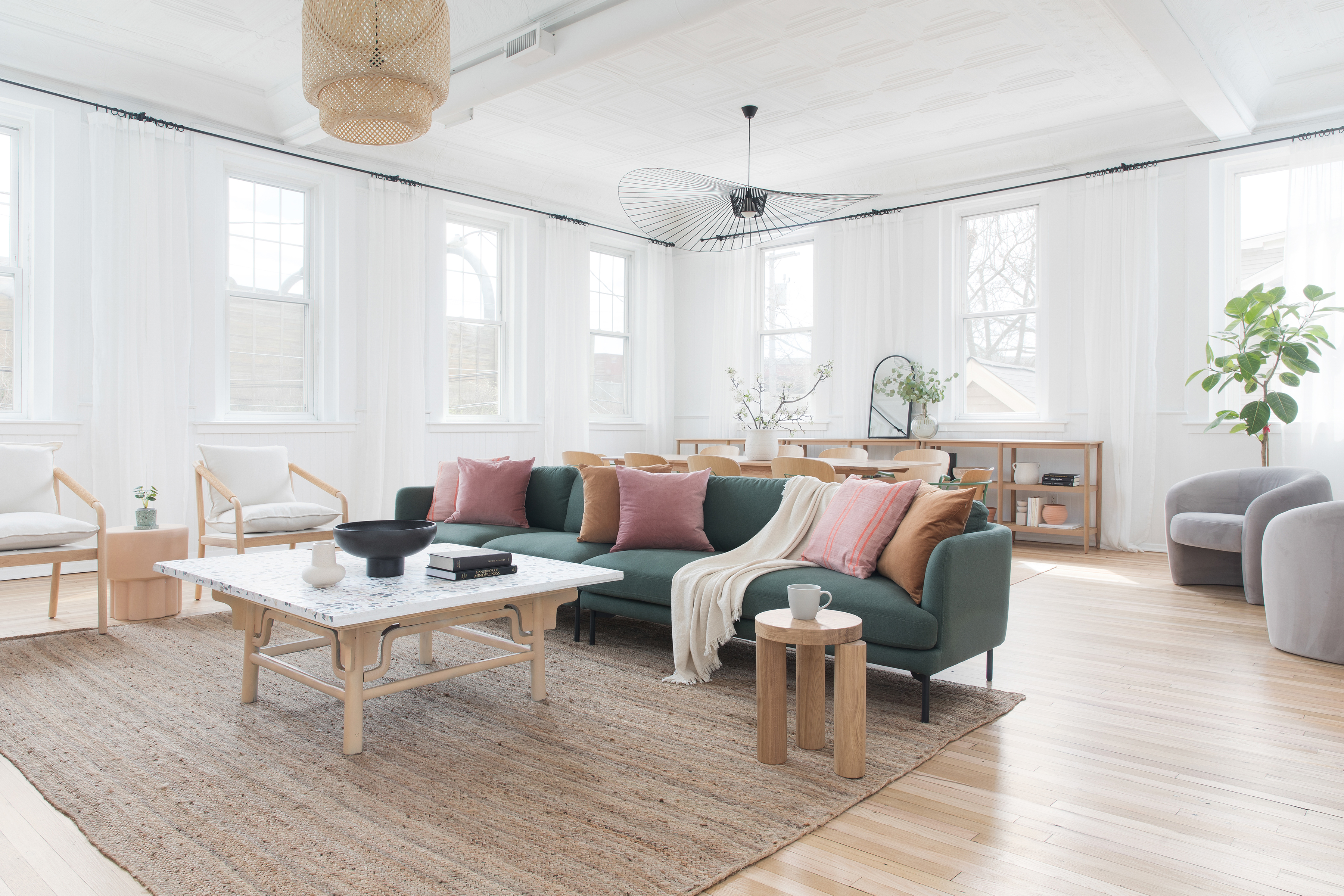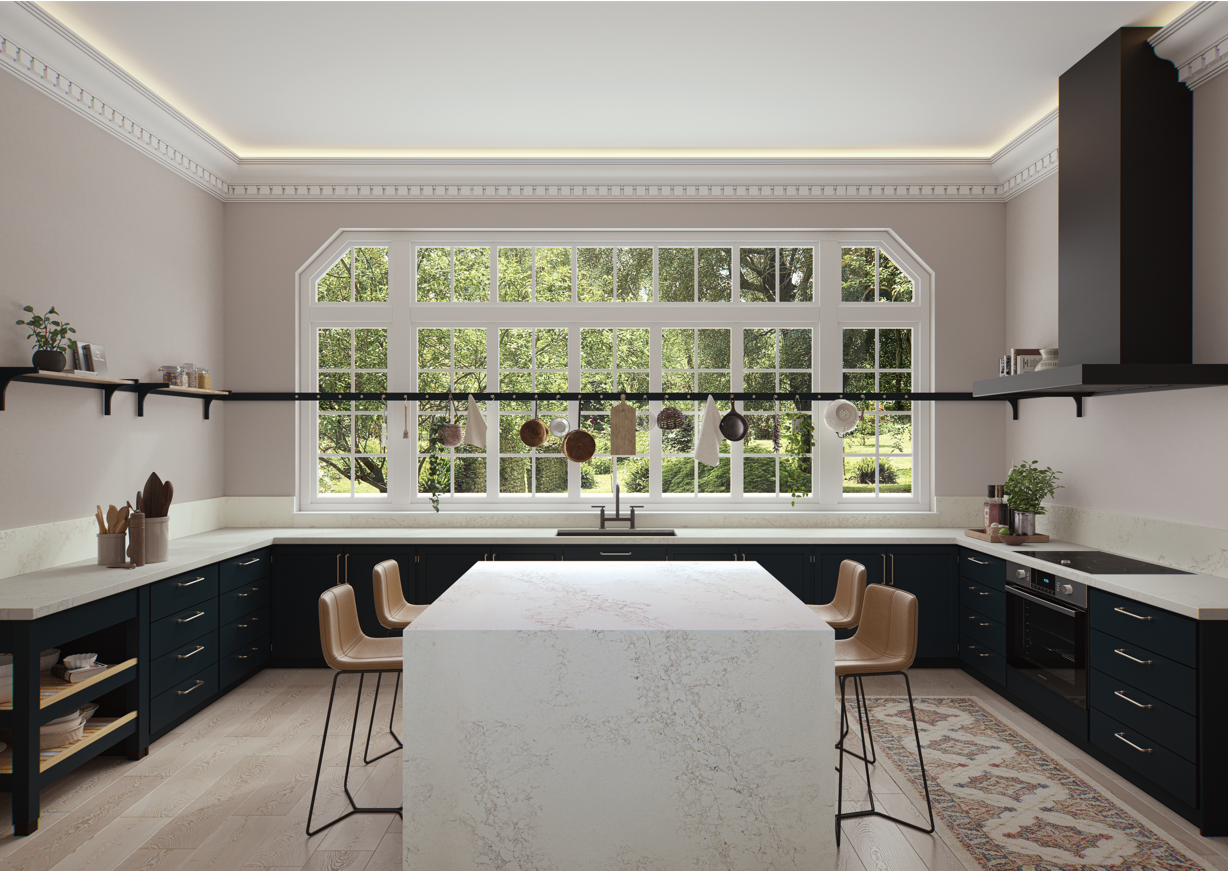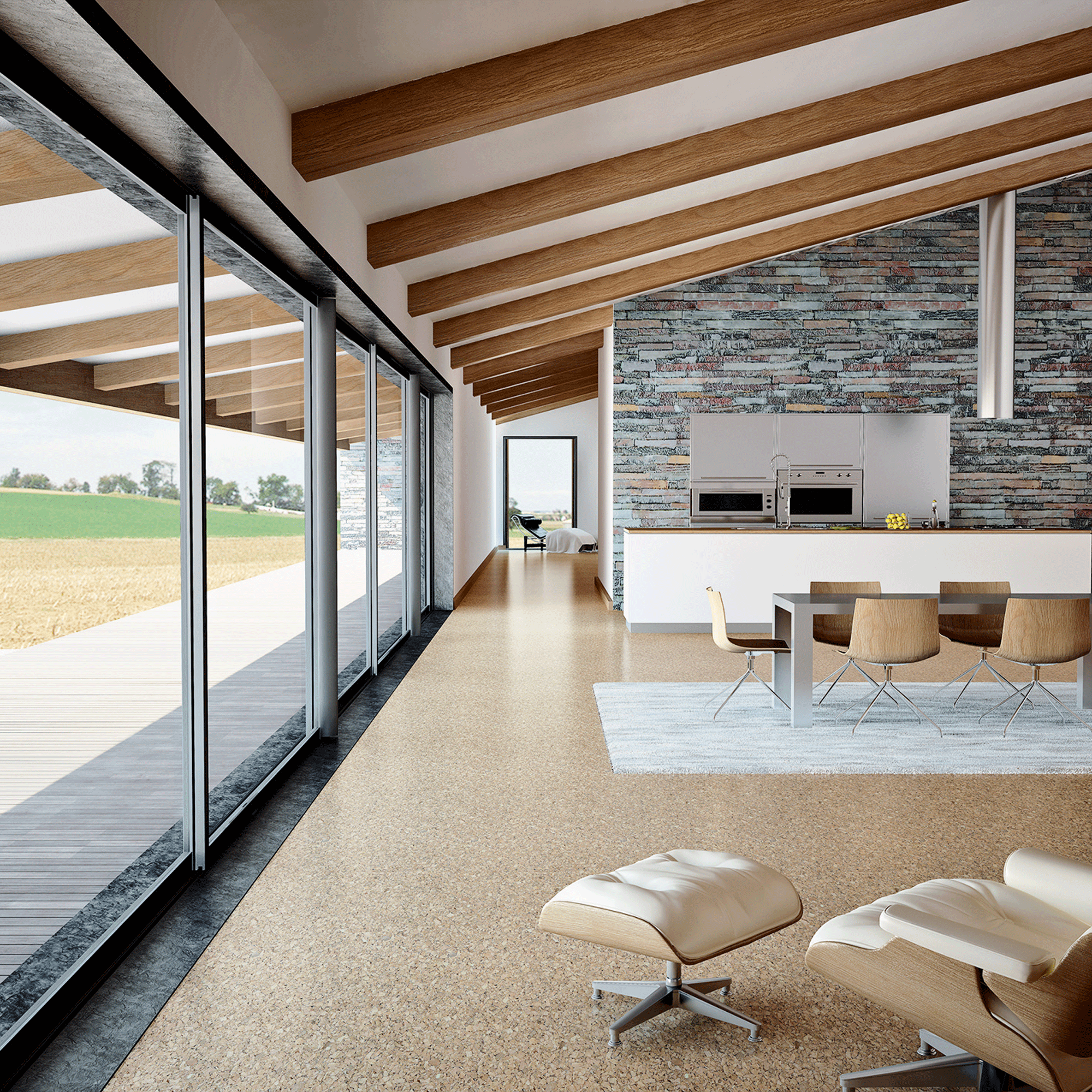Designers reveal the secrets to a low-maintenance home that virtually looks after itself
With just a few tweaks to your home's design, you can create spaces that don't require much in the way of maintenance, say these top designers


As our lives get busier, the need for a home that is high on style, but low on upkeep is increasing. Thankfully significant innovations in this area are making this easier than ever.
Designers have taken on a new appreciation of how a home needs to be liveable and pragmatic, as well as beautiful. There's now a focus on spaces that aren't consumed by daily wear and tear, stains and dust, but stay looking their best with a little intervention.
So, cast interior design trends that don't stand up to functional demands aside. Essentially, we’re now looking for decor to be low-maintenance to give us more time to spend on enjoying it, and less on sprucing it back up.
Here are four ideas for making your home easier to maintain.
1. Design your home with durable materials
The secret to a low-maintenance space is the culmination of elements that not only look good but are highly practical. 'A home can be made of shiny, plasticized objects and surfaces, but sterile, polished materials [that have been in vogue a long time] demand constant care and attention to maintain their beauty,’ says Jonas Bjerre-Poulsen, founding partner at Norm Architects. Or in other words: collectively, we’re tired, and need materials that are inherently durable and require little upkeep.
Take kitchen countertops for instance. Though beautiful, marble countertops have largely been displaced by modern composite alternatives. These styles, largely made from quartz, are stain-resistant where marble stains easily, and have heat resistance, where marble is prone to cracking under thermal shock.
Durability isn't the only improvement. American brand Cupron has developed a surface embedded with copper ions that claim to stop pathogens from spreading, reducing the need for as-constant cleaning or use of strong chemical products. A quartz worktop, from the likes of Caesarstone, also stays perfect for generations to come, not requiring the sealing and maintenance of stone or wood.
The Livingetc newsletters are your inside source for what’s shaping interiors now - and what’s next. Discover trend forecasts, smart style ideas, and curated shopping inspiration that brings design to life. Subscribe today and stay ahead of the curve.
‘What’s more, this quartz surface worktop is durable, flexible, scratch-resistant, and beautifully sophisticated,' says Mor Krisher, Caesarstone’s Head of Design.

2. Choose smart, automated systems for your home's upkeep
Advances in smart tech are keeping our homes clean, too. Robot vacuums are hugely popular, but what about building one into your house? The emergence of central vacuuming systems has been game-changing – incorporated into the structure of the home and with access through ducts and pipes installed inside walls.
British brand VacuSystems works by having a centrally located motor, which produces a vacuum capable of removing dust, dirt, metal, food, and plastics. The only external element, a discreet hose connected indoors can be easily hidden away – the collected dirt goes into an outdoor unit which is a removable bag.
3. Opt for low-maintenance flooring
You might have spotted a growing trend in cork flooring in homes, newly beloved for its sustainable credentials. But we think its rise is also in part to how low-maintenance it is. 'Designed to be extremely tough, its surface finish can protect the floor from the rigors of modern life,’ says James Scully, founder of Recork.
‘It doesn’t shed any microfibres, which means it is naturally antimicrobial and hypoallergenic and therefore doesn’t harbor dust,' says James Scully, founder of Recork. If you are, however, unsure of this flooring material, interior designer Ravi Vazirani suggests eschewing the classic wood floorboards and embracing stone or porcelain instead: 'Marble or tiles work well,’ he says. ‘They do not collect dust, ideal in a home that has pets and children.'

4. Choose textiles that don't collect dust and are easy to clean
Structural ideas aside, let’s take a moment to focus on interior decoration for modern living rooms. Linen and velvets are notorious with regards to their upkeep, especially if you need to dry clean them often. Thankfully the world of microfibre – a durable fabric, much like leather, ages better and looks smart – has moved on to feel as elegant as linen. Natuzzi’s Softech fabrics are completely stain-resistant while Love Your Home’s cream boucle can withstand even coffee. Washing it is as painless as a damp towel and a bit of blotting with soapy water. 10 points for convenience!

Aditi Sharma Maheshwari started her career at The Address (The Times of India), a tabloid on interiors and art. She wrote profiles of Indian artists, designers, and architects, and covered inspiring houses and commercial properties. After four years, she moved to ELLE DECOR as a senior features writer, where she contributed to the magazine and website, and also worked alongside the events team on India Design ID — the brand’s 10-day, annual design show. She wrote across topics: from designer interviews, and house tours, to new product launches, shopping pages, and reviews. After three years, she was hired as the senior editor at Houzz. The website content focused on practical advice on decorating the home and making design feel more approachable. She created fresh series on budget buys, design hacks, and DIYs, all backed with expert advice. Equipped with sizable knowledge of the industry and with a good network, she moved to Architectural Digest (Conde Nast) as the digital editor. The publication's focus was on high-end design, and her content highlighted A-listers, starchitects, and high-concept products, all customized for an audience that loves and invests in luxury. After a two-year stint, she moved to the UK and was hired at Livingetc as a design editor. She now freelances for a variety of interiors publications.